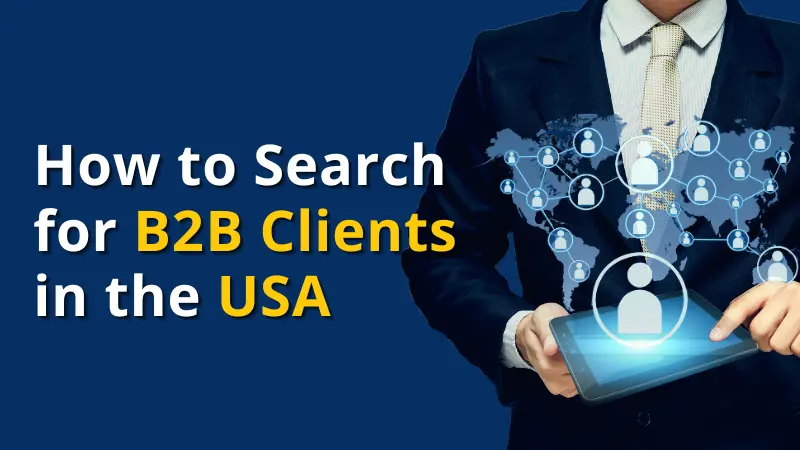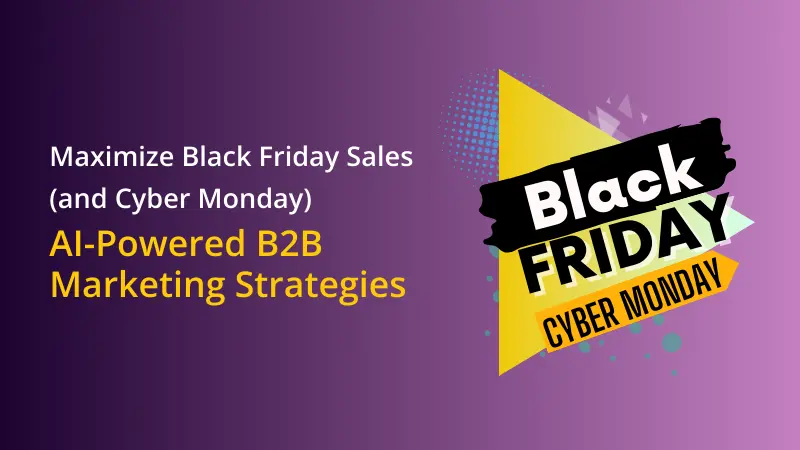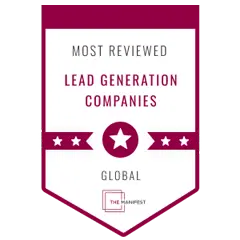As a B2B sales professional, you know how important it is to reach the top decision-makers at the companies you’re targeting. These executives, commonly known as C-Level executives, hold the power to make or break a deal.
Unfortunately, the road to winning over these high-ranking executives is not an easy one. You’re up against busy schedules, countless sales pitches, and a constant stream of emails flooding your inbox.
It’s no wonder that trying to reach C-level business decision-makers can feel like trying to summit Mount Everest. That’s why it’s crucial to have a solid strategy in place for reaching and selling to them.
Before we go through the strategies, let us first understand who are these C-Level executives and what is their role. However, if you’re in a hurry, you can skip to the strategies and tips right away!
What is C-Level Executives?

- How to Identify and Qualify B2B Decision Makers
- The Ultimate Outreach Strategies: Your Guide to Connecting with C-Level Executives
- Reaching C-Level Executives: Effective Strategies to Engage Decision Makers
If you’re looking to do business with a company, you’ll want to pay attention to its C-level executives. These executives are the big bosses, like the chief executive officers (CEOs), chief financial officers (CFOs), chief marketing officers (CMOs), and chief information officers (CIOs).
As you might imagine, they play a big role in the purchasing decisions made within the company. That’s why engaging with them effectively is important, earning their trust and approval. By doing so, you can make a significant impact on the success of your organization.
Are you ready to feast your mind with effective strategies and guides to break through the noise and capture the attention of your C-Level decision-makers?t
If so, let’s dive in!
Savvy Ways to Identify and Qualify B2B Decision Maker

We’ve all been there before; we have a hot lead and the company that we’re pitching to looks like they need our product or service. However, the challenge is still to qualify B2B decision-makers because, at the end of the day, a lead is just a lead if no conversion has taken place.
Qualifying leads in the B2B industry might seem to be a daunting task, but it isn’t that difficult. Your lead generation strategies will work as long as you know what you are doing.
So, what are the ways to reach the real decision-makers in any organization that you have a hot lead in?
Understand your product!
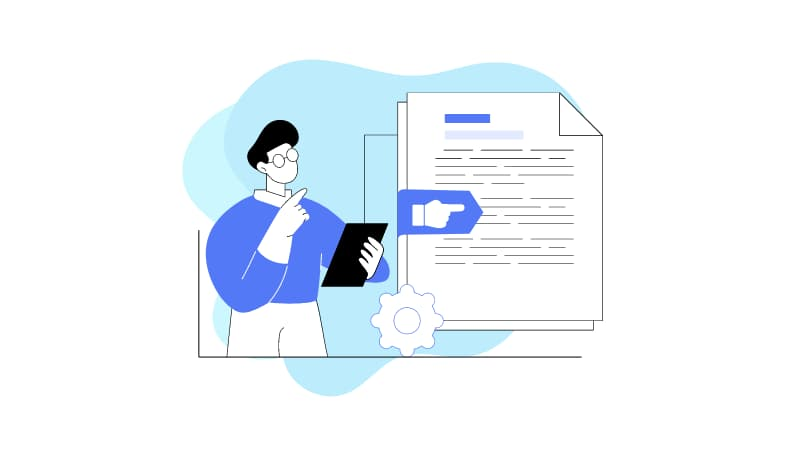
Wait, what? More often than not, we as marketers fail to understand our own products and we dive right into the sales process. Understanding your product means understanding its price points and whom you will approach as a result.
Take for example normal office sundries. In a large company, it’s a matter of looking for the purchasing department. It’s nothing revolutionary and there isn’t going to be a great deal of change in the work environment if they adopt your product.
While we’re on the subject of things, it’s also important to know what impact your product or service will have on the company that you are marketing it to. Remember that if something causes a drastic change in the work environment, improves the system, or causes a revolution, it can’t be left to an office manager to figure out.
Instead, you’ll have to find a whole new department – in some cases – to be able to market your product to.
Understand the Company

Now that you have a firm understanding of your product you have to understand the company that you are marketing to. You have to find out how the company or business is going to adapt to your product and how it will benefit from it so that you can start making the right decisions right off the bat.
We’re not just saying look at their website.
We’re talking about digging deeper.
Check out LinkedIn and find out who seems to have the most influence out of the people you are talking to, ask around and stalk your “prey” before swooping in and making a selling decision.
While you’re on LinkedIn, check out their social media, you have to immerse yourself in the corporate culture so that you will know how to adapt your directives for maximum efficacy.
This is extraordinarily powerful if you are dealing with larger companies because corporate culture becomes a definite factor in them making a buying decision.
Building relationships

Let’s face it, apart from the gatekeeper; you’re not going to get close to the major decision-maker instantaneously. You have to build relationships with the other people who work there.
Instead of getting annoyed at the gatekeeper being unable to process your requests, you have to understand that an executive’s executive assistant has a lot of roles to play. They won’t appreciate a salesperson who is trying to jam a product at them every chance they communicate with you.
These guys also know when you are trying to be overly nice just to get something out of them. So, beware of being of your façade when you’re interacting with them. They already know that you are representing a product so you can’t also fake it.
Pre-suade and qualify B2B decision-makers

Here’s a tactic that not a lot of people use and some people refer to it as retargeting, before you even get in a meeting with the person that you need to talk to make sure that they already have a good grasp of your message beforehand.
This could be in the form of putting your content in front of them beforehand, and you can even get a little sly and hit them with a targeted Facebook ad if you have their details.
Personalize your channel and approach

If you want to get your point across, it has to be designed for the person receiving it. Whether it be a welcome or sales package, content that you want them to see or even the channel that they use, your message has to be built for them for it to be effective. This is one of the most critical parts of the whole equation.
If they use snail mail, then use snail mail. If they’re on social media, follow them and make sure you engage with them in a non-sales manner.
Ultimate Guide to Connecting with C-level Executives

Targeting C-level decision makers is the key to B2B sales success, but reaching and engaging these busy executives can be challenging. In this section, we’ll explore proven strategies for connecting with C-level executives, from conducting in-depth research and tailoring messaging to leveraging referrals and building relationships through networking.
Plus, we’ll cover an often-overlooked element of outreach: engaging the gatekeepers who protect C-level executives from unwanted solicitations.
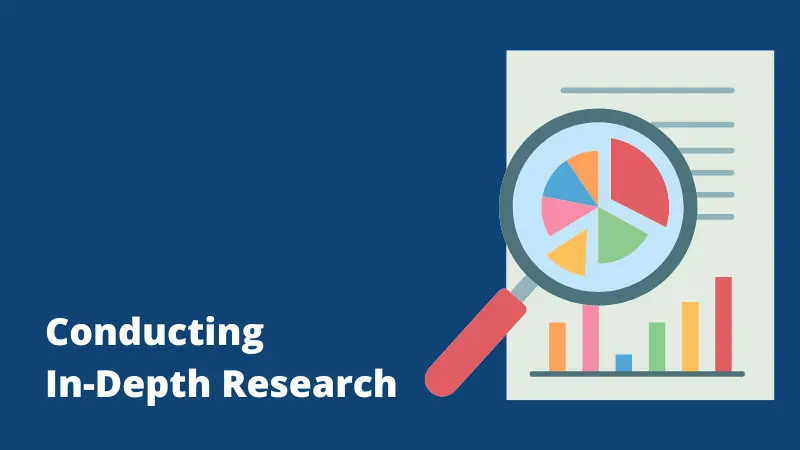
- What are the executive’s professional background and areas of expertise?
- What are the organization’s goals and priorities?
- What are the executive’s pain points and challenges?
- What recent news or industry events are relevant to the executive’s company?
Before reaching out to C-level executives, it’s important to conduct thorough research on them and their organizations. This research will help you understand their goals, challenges, and pain points, as well as their professional background and personal interests.
To conduct in-depth research, use a variety of sources, such as LinkedIn, company websites, and industry publications. Take note of any recent news or industry events that are relevant to the executive’s company. By showing that you’ve done your homework and understand the executive’s context, you’ll increase your chances of success.
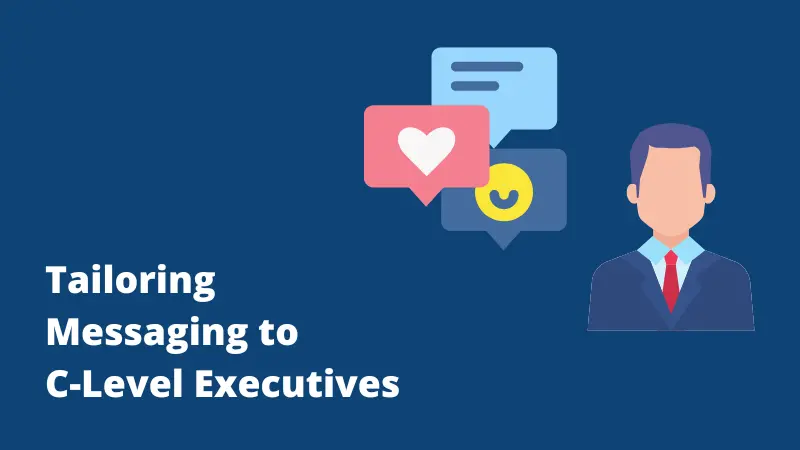
- How can you personalize your messaging to address the executive’s specific pain points and goals?
- How can you highlight your value proposition and differentiate yourself from competitors?
- How can you demonstrate that you understand the executive’s unique situation and can offer specific solutions?
Generic sales pitches won’t cut it with C-level executives. To win them over, you need to tailor your messaging to their specific pain points and goals. Highlight your value proposition and address specific business challenges that the executive is facing. Personalize your messaging by referencing recent news or industry events that are relevant to the executive’s company. By showing that you understand their unique situation and can offer specific solutions, you’ll increase your chances of success.
Find out the 7 elevator pitch examples for business.
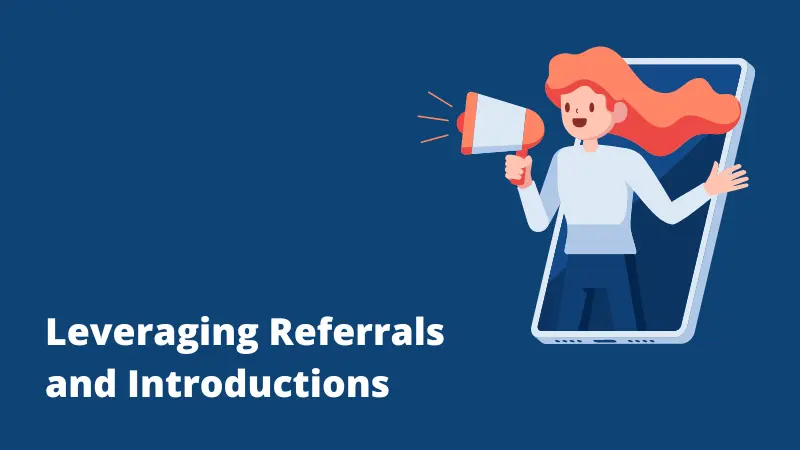
- Who are the mutual connections between yourself and the executive?
- How can you leverage those connections to make an introduction or request a referral?
- How can you make a strong first impression when reaching out to a referred executive?
Referrals and introductions can be powerful tools for connecting with C-level executives. Identify mutual connections between yourself and the executive, and leverage those connections to make an introduction or request a referral. Use LinkedIn and industry events to identify potential connections. When reaching out to a referred executive, be sure to make a strong first impression and show that you understand their situation and challenges.
Check out the Benefits of Outsourcing Event Marketing Services for B2B Businesses
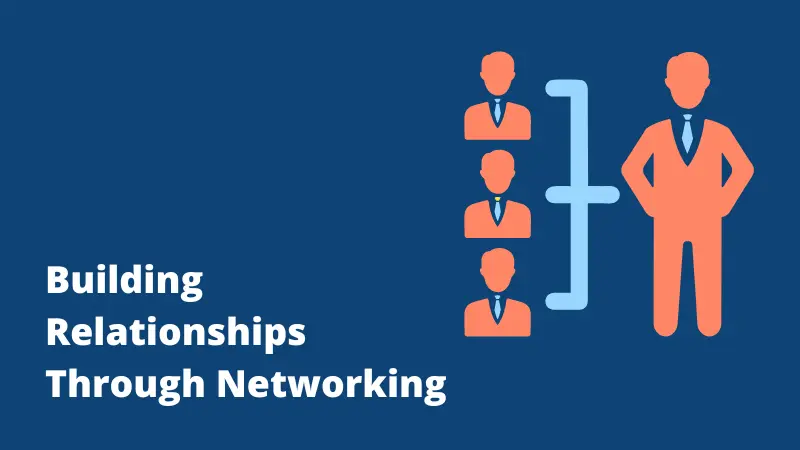
- What industry events and conferences do decision-makers attend?
- What online communities do decision-makers participate in?
- How can you approach networking with a long-term perspective?
- How can you establish yourself as a knowledgeable and trusted resource?
Networking is a critical component of connecting with C-level executives. Attend industry events and conferences, and engage in online communities where decision-makers are active. Approach networking with a long-term perspective, focusing on building relationships rather than immediately closing a deal. By establishing yourself as a knowledgeable and trusted resource, you’ll increase your chances of success.
Watch and learn How to Reach and Engage Different ABM Buyers
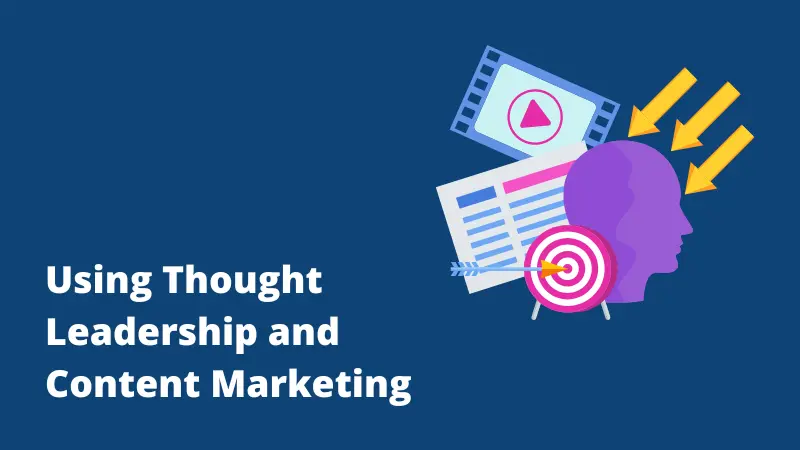
- What high-quality content can you create and share that addresses the executive’s pain points and challenges?
- How can you use thought leadership to position yourself as an expert and thought leader in your industry?
- How can you demonstrate your expertise and provide value to C-level executives?
Thought leadership and content marketing can help establish credibility and build relationships with C-level executives. Create and share high-quality content, such as blogs, case studies, and white papers, that address the executive’s pain points and challenges. Use thought leadership to position yourself as an expert and thought leader in your industry. By demonstrating your expertise and providing value, you’ll increase your chances of success.
Unveil the B2B Content Marketing Strategies & Tips for Success.
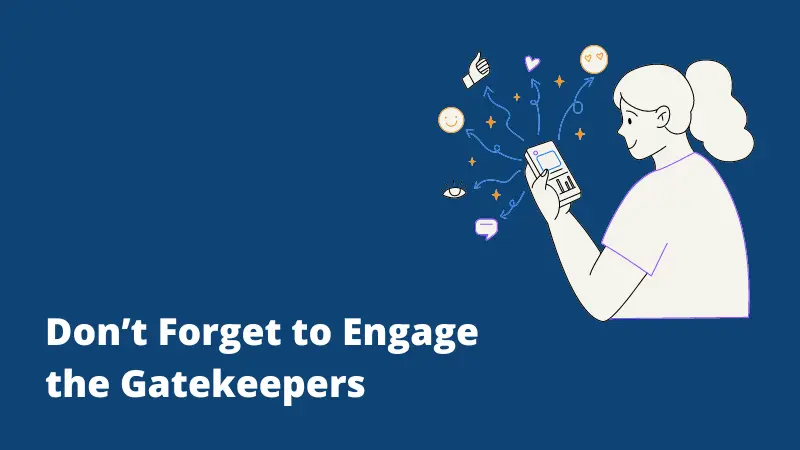
- Who are the gatekeepers that protect C-level executives from unwanted solicitations?
- How can you engage gatekeepers respectfully and professionally?
- How can you show appreciation for their assistance and build relationships with them?
Engaging gatekeepers, such as executive assistants and administrative staff, is critical when reaching out to C-level executives. These gatekeepers are often the first line of defense for busy executives and can be valuable allies in connecting with decision-makers.
Be respectful and professional when engaging with gatekeepers, and show appreciation for their assistance. By building relationships with gatekeepers, you’ll increase your chances of success in connecting with C-level executives.
Are you struggling to get past gatekeepers and make a meaningful connection with your prospects? You might want to watch the ‘4 Ways to Get Past Gatekeepers and Reach Prospects Every Time.’
Keep in mind that connecting with C-level executives is critical for your sales success. By employing a multi-faceted outreach strategy that incorporates research, personalization, referrals, networking, thought leadership, and engagement with gatekeepers, you can increase your chances.
Effective Strategies to Engage Decision Makers

To make it to the top of the C-suite level decision-makers, you’ll need a multi-channel marketing approach that leverages various outreach strategies. Cold calling, email marketing, social media outreach, and direct mail are all viable options that can help you to engage C-level executives, win their attention, and covert them into customers:
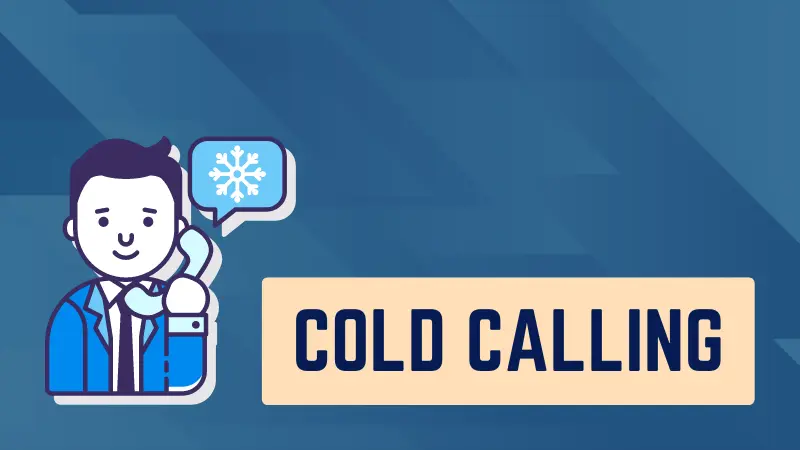
Some say cold calling is dead, but we say it’s still very much alive and still one of the most effective B2B lead generation strategies to reach and engage with C-level executives.
Have you ever felt nervous about calling someone you’ve never met before, especially if they’re a high-level executive? Well, it’s natural to fear rejection and failure, but dwelling on those thoughts will only hold you back.
Instead of concluding the worst, why don’t you try these strategies to increase your chances of success:
- Keep it simple: Avoid jargon and technical language when speaking with C-suite executives. Instead, focus on communicating in understandable terms and highlighting the value your product or service can bring to their company. Why does your product/service matter? Why would they be interested?
- Be direct: C-suite executives are busy people, so get to the point quickly. Don’t waste their time with idle chit-chat. Introduce yourself, explain why you’re calling, and tell them how you can help their business.
- Show immediate value: Once you’ve made your point, explain how your product or service can help their company. Make sure to do your research beforehand so that you can tailor your message to their specific needs.
- Create a balanced conversation: Remember that your prospects—C-suite executives are valuable assets to their company, so approach the conversation with the mindset that you also have something to offer. So make sure to do your research beforehand and tailor your pitch to their specific needs and interests. Be willing to engage in a two-way conversation rather than just pitching your product or service.
- Make the offer open-ended: Even if you’ve captured their interest, don’t be too pushy or aggressive in closing the deal. Instead, make an open-ended offer and invite them to schedule a follow-up call or meeting to provide more information. This gives the executive a chance to consider your proposal and make an informed decision.
- Be professional: Confirm the time and date of your next meeting, and thank them for their time before ending the call. Extend an invitation to call you anytime if they have any questions, and reiterate the next steps you will take.
Related: Prospecting Into SaaS Companies: A Comprehensive Guide to Crafting the Perfect Cold Calling Script
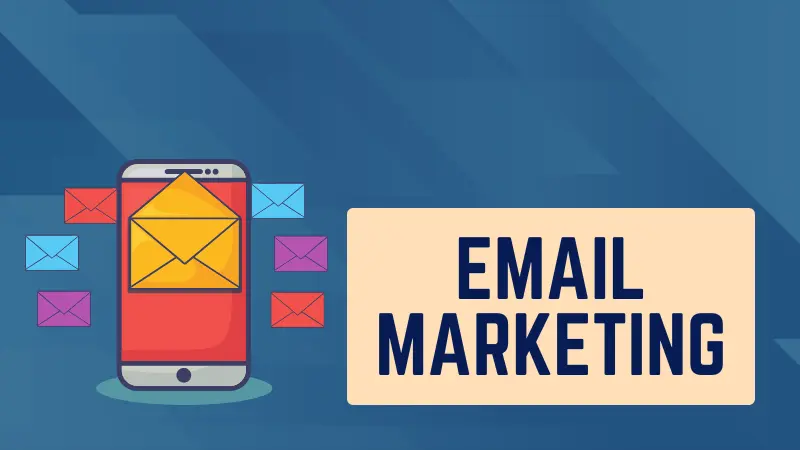
While it’s true that C-level executives receive more emails than they can possibly read, it’s still worth pursuing email marketing as a strategy to reach them. In fact, email marketing can be a powerful tool to build relationships, increase brand awareness, and drive sales.
To recap, email marketing involves sending targeted and personalized emails to a list of subscribers. This strategy is often used in B2B sales to reach C-level decision-makers, who receive a large volume of emails daily. By tailoring your messages to their specific needs and interests and crafting compelling subject lines and calls to action, you can effectively engage with these busy executives and drive results for your business.
Check out this guide to learn ‘What Goes Into Creating a Successful Email Marketing Campaign’ that will help you stand out with your prospects’ inboxes.]
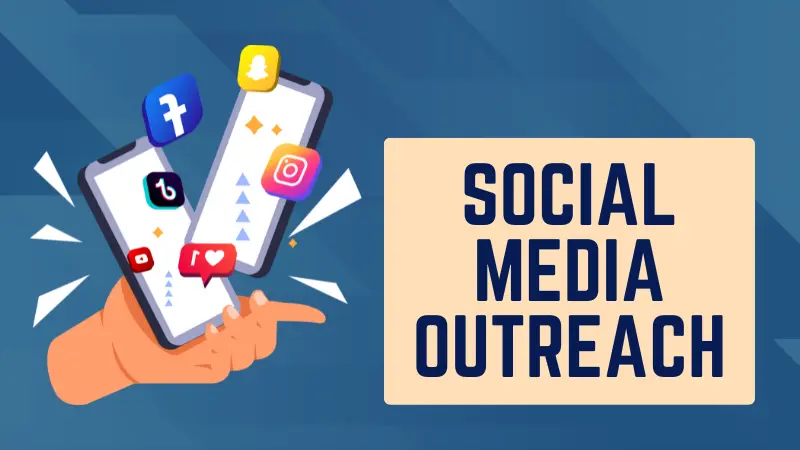
Social media is a powerful tool to connect with C-level executives on a personal level—establishing relationships that can lead to business opportunities. LinkedIn, Twitter, and Facebook are popular platforms to share your expertise, connect with peers in their industry, and build personal brands.
So, if you’re looking to leverage social media to generate and boost sales leads, this article is for you: Social Media Marketing: Top 9 Keys to Generate Leads and Boost Sales.
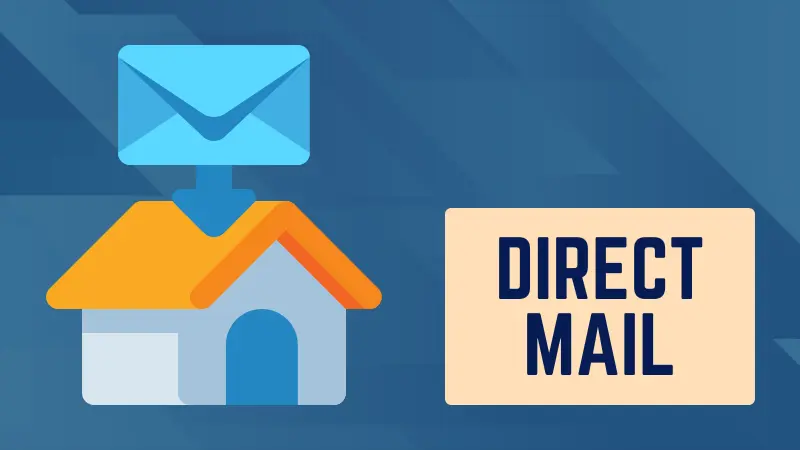
Direct mail is a more traditional outreach strategy, but it can still be effective. It allows you to stand out from the crowd and provide a tangible, personalized message. However, it can also be expensive and time-consuming. So, make sure to keep your message concise, and focus on providing value to the contact. A well-crafted direct mail piece can leave a lasting impression on C-level executives and help you stand out from the competition.
In conclusion
Reaching C-level executives can be a challenging task for B2B sales professionals. However, business success must engage with these decision-makers effectively. To do so, one must conduct thorough research, tailor messaging, leverage referrals, and introductions, network, use thought leadership and content marketing, and engage gatekeepers. By employing a multi-faceted outreach strategy that incorporates these elements, B2B sales professionals can increase their chances of success in connecting with C-level executives and winning deals.
Now that we’ve already covered the different approaches you can use to reach them, it’s now time for you to dig deeper into the unique challenges and opportunities of selling to C-Level executives.
Stay tuned for part 2!



